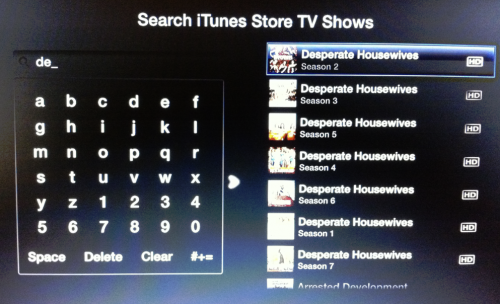Much of UX is about expectations and recognizing patterns. Anyone who is used to QWERTY will be much faster in finding a specific character in that layout than in an ABC layout because you don't really have to actively think about it. Especially in satnavs, you want to be able to use the keyboard quickly and efficiently, and for a huge part of your user base that means QWERTY.
However, there are some considerations that favor ABC. I haven't found any evidence, but there are a lot of claims that ABC keyboards are easier to use by people suffering from dyslexia. I find that a more logical explanation than people not being used to computers, since computers and keyboards are so ubiqitous anyone will have seen a QWERTY layout before. So, if you want your product to be very inclusive you could opt for ABC as the default, while offering a switch to QWERTY for "power users".
Also, QWERTY only works in it's original layout. The keys should be staggered and in 3 lines (Q-P, A-L and Z-M). So, you can't have a layout over 2 or 4 lines and that might be more useful in certain situations than having QWERTY. Take for instance a keyboard layout that has to be navigated using directional keys .

If the keyboard isn't meant for typing words but just indicating single characters (like in the hangman examples), the ABC layout has more flexibility and will probably not affect UX negatively.
